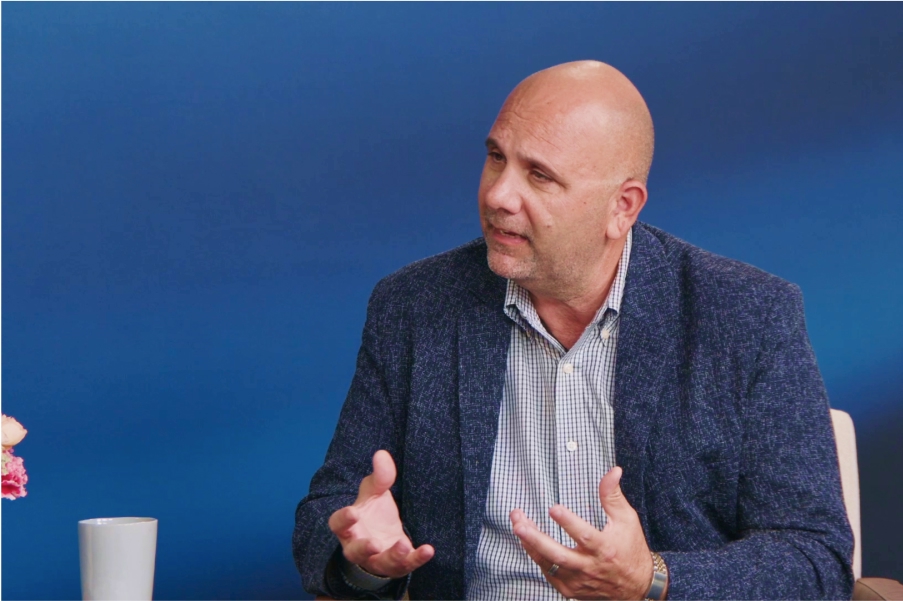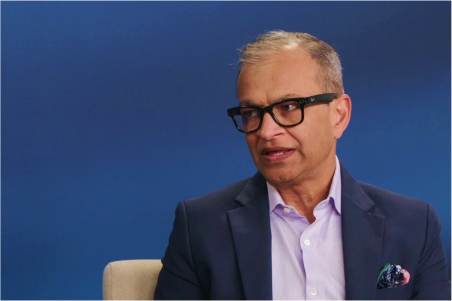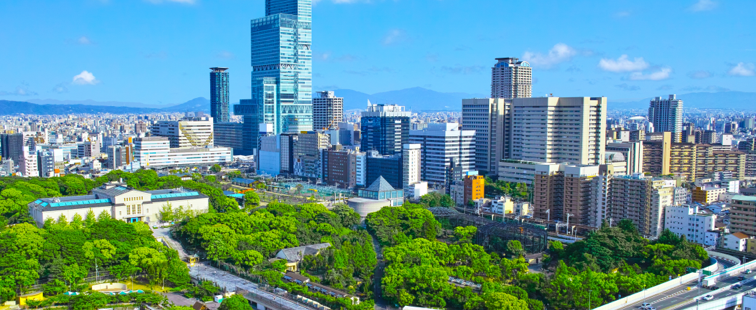June 19th, 2025
2 min read

AI is shaping public transportation systems to be more efficient, safe, sustainable, and cost-effective for cities and their citizens alike. By leveraging vision-based AI, Hayden AI, a company invested in by NTT DOCOMO Ventures, is playing an important role in streamlining public transit operations, helping to address the common challenges of bus lane enforcement, traffic violations and overall transit efficiency.
Hayden AI’s Chief Growth Officer Charles Territo talks about how AI is revolutionizing the ways in which cities manage their transportation systems.
Bridges and Barriers
“AI is opening the door to a future where public transportation operates more efficiently, safely, and sustainably,” says Territo. “We’re using AI to ensure that transit lanes remain unobstructed, allowing buses to stay on schedule and providing commuters with more reliable services.”
Hayden AI, the largest provider of mobile automated bus lane enforcement systems in the United States, does this using a seamless three-part system:
-
Cameras & Sensors
These are installed on buses to detect violations, including unauthorized vehicles in bus lanes, illegal parking at bus stops and blocked bike lanes.
-
Edge Computing AI
By processing data locally, this ensures that most operations take place on the vehicle itself, improving data security and minimizing cloud exposure.
-
Data Portal
This provides transit agencies with actionable insights, giving them full control over enforcement and analysis.
With its edge computing infrastructure, Hayden AI ensures that the majority of data processing happens on the vehicle itself. “By using edge computing, we’re able to reduce our reliance on cloud-based storage and minimize the risk of cybersecurity threats, which is a major concern for cities,” explains Territo. “This privacy-first approach is one of the key differentiators of our system. Our design minimizes data transmission, which significantly reduces vulnerability and makes our platform more resilient against cyberattacks.”
The system is cost-effective, with revenues from traffic violation enforcement helping to offset implementation costs. Cities benefit from both an improved public transportation experience and a cost-effective solution to managing transportation challenges. “It’s a win-win for local governments looking to invest in technology that pays for itself.”
"Our AI-powered technology not only improves public transit efficiency and safety but also generates revenue for cities while reducing costs. By keeping enforcement data at the edge, we prioritize privacy and cybersecurity, ensuring that AI serves as a tool for smarter, safer urban mobility."
AI in Society
The adoption of AI in public transportation has far-reaching societal benefits, from fuel consumption to ridership. Fewer buses for the same service levels, for instance, means reduced operational costs and a leaner transportation system. Lower fuel consumption and reduced greenhouse gas emissions make for more sustainable cities. And increased ridership means more people using public transit, leading to higher revenue for agencies and better service for the community.
“With smarter, AI-enhanced operations, transit agencies can offer better service with fewer resources,” explains Territo. “This not only helps the environment but also enables agencies to provide more frequent and reliable services.”

What started as a solution for bus lane enforcement has evolved into a broader toolkit for addressing urban mobility issues. “Our technology is now being used to monitor bike lanes and parking violations, and we’re even exploring enforcement of ‘double yellow’ violations in Europe. It’s adaptable for whatever urban mobility challenges come next.”
This scalable solution offers cities a future-proof approach to urban mobility that can evolve alongside their needs. “As cities continue to face growing transportation demands, AI will play an even larger role in meeting those challenges,” Territo adds. “Our system is built to adapt to an ever-changing urban landscape.”





